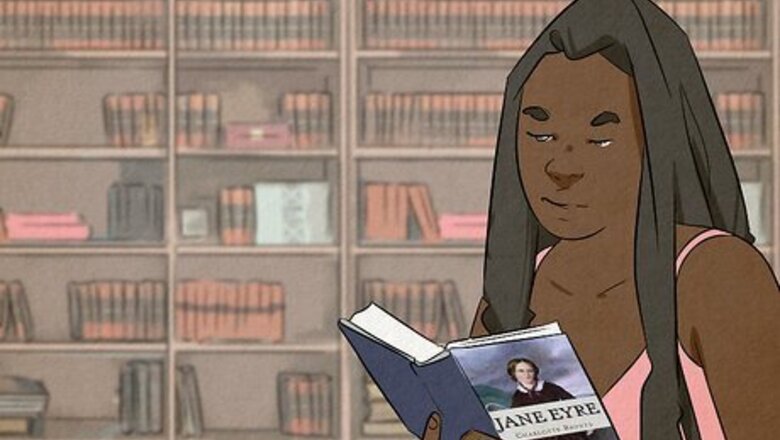
views
What is fiction?
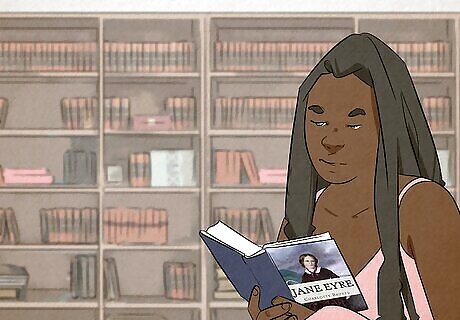
Fiction is a made-up story. Fiction literature is created from the imagination. This includes genres like mystery, fantasy, and romance. The characters, settings, and situations in the stories may seem real, but they’re entirely made up by the author or writer. Fiction is “fake” because the stories aren’t set accounts of real-life events—they didn’t happen in real life. It’s very possible that a fiction story can be inspired by real-life events; however, the characters and plot aren’t real. For example, the Harry Potter series by J.K Rowling, Charlotte Bronte’s Jane Eyre, and Suzanne Collins’ The Hunger Games are works of fiction. Why read fiction? Studies have shown that reading fiction helps improve your social skills and emotional recollection.
Fiction Subgenres & Examples
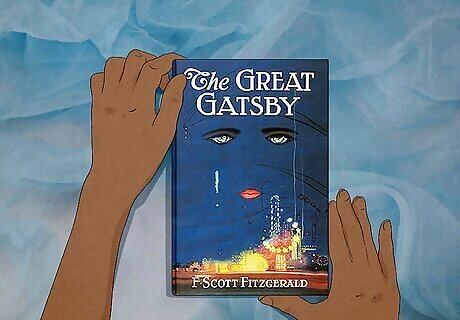
Literary fiction Literary fiction is a subgenre of fiction that focuses on character development and psychological themes. This writing style relies heavily on innovation and uses literary devices to creatively depict a character’s inner thoughts, emotions, or story. Examples: The Great Gatsby by F. Scott Fitzgerald and The Handmaid’s Tale by Margaret Atwood
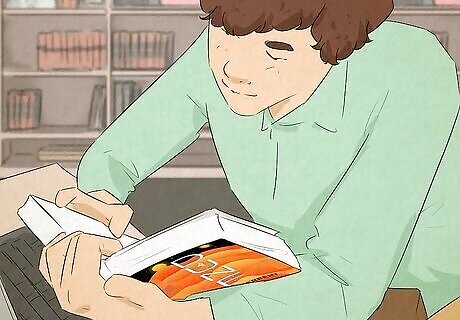
Science fiction Science fiction combines science with imagination to bring you fantastical tales of heightened technology, space, and/or dystopian societies. This subgenre typically tackles issues related to ethics and human nature. Examples: Dune by Frank Herbert and Fahrenheit 451 by Ray Bradbury
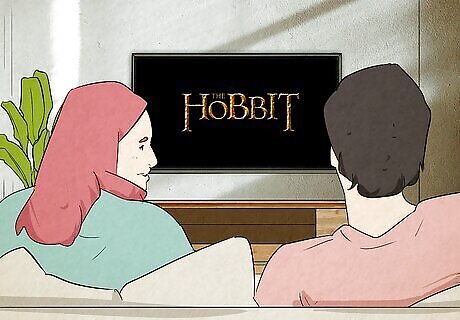
Fantasy Fantasy brings everything in your imagination to life. These stories usually have magic, mythical creatures, and immense world-building. Similarly to science fiction, they focus on ethics and human nature, but they also highlight romance and friendship. Examples: The Hobbit by JRR Tolkien and Alice’s Adventures in Wonderland by Lewis Carroll
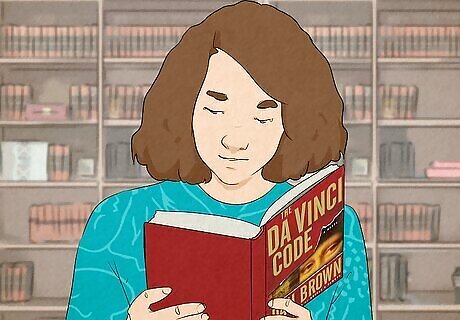
Mystery and thriller Mystery and thriller works are suspenseful and fast-paced. These tales are usually centered around crime and keep you on the edge of your seat. Examples: The Da Vinci Code by Dan Brown and Murder on the Orient Express by Agatha Christie

Romance Romance literature explores love and relationships. The characters in these stories are made up but may mirror familiar traits and characteristics. These stories can be light-hearted, serious, or extremely passionate. Examples: Emma by Jane Austen and The Fault in Our Stars by John Green
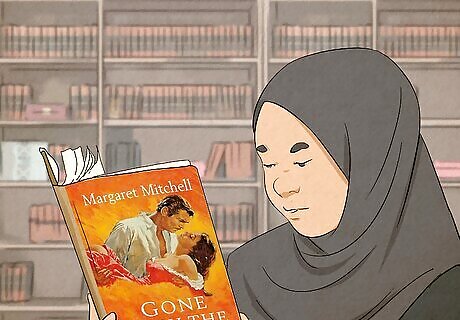
Historical fiction Historical fiction uses real-life events to create captivating narratives. While the events or timeline within the story may be true, the characters and specific happenings are imagined. Examples: Gone with the Wind by Margaret Mitchell and The Book Thief by Markus Zusak
What makes a good fiction story?

Strong characters A good fiction story has characters you love and hate. As a reader, listener, or watcher, you should be rooting for or against a character. The best stories have characters you’re invested in or can see yourself in. The leading character or "good character" in the story is called the protagonist. Most fiction is written from the protagonist's point of view. The character that acts as an obstacle to the protagonist or is the "villain" character is called the antagonist.
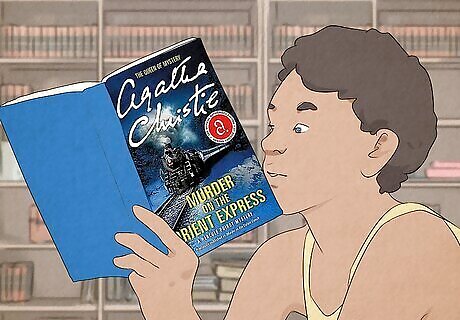
Interesting plot If a story doesn’t have an exciting premise, it’s highly unlikely that you’ll keep reading—which is why the plot is so important! The plot is the sequence of events that makes up a story. For instance, say a prince dies of a broken heart—that’s part of a plot! It’s the events of the story that make you want to keep reading.
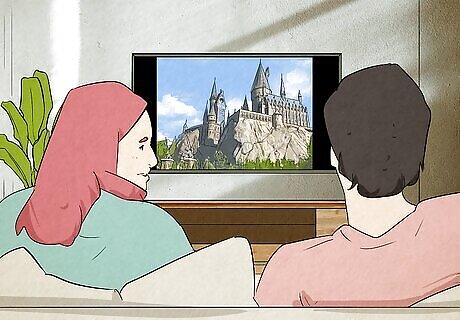
Fun settings You probably won’t want to read a story based in a house like yours. Most readers open a book to explore new and faraway lands, which is why the setting, or time and place of the story, is so important. Keep in mind that not all fiction stories have a unique or interesting setting, and that’s okay! Sometimes, the characters and plot make up for this.
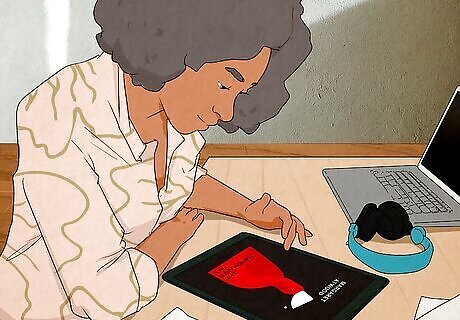
Thoughtful themes A good fiction story makes you think or ponder something. In literature, a theme is an underlying message or meaning that pops up throughout the story. Common themes include love, death, and identity.
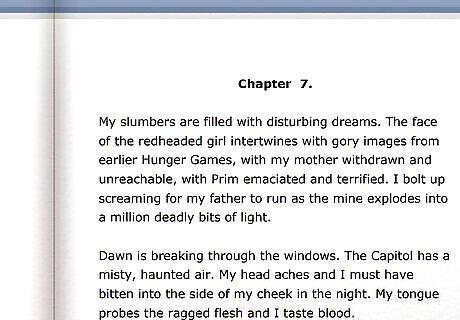
Creative writing style The way a story is written can greatly affect how you feel about it. Most stellar fiction works have a creative or unique writing style that’s easy to read and uses plenty of literary devices. Literary devices are writing tricks that help writers convey their story or message in a creative way. Some examples would be metaphors, similes, imagery, and personification.
What is nonfiction?
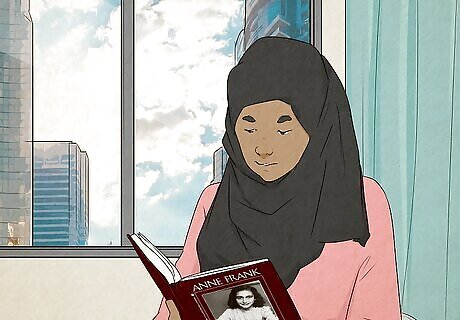
Nonfiction is based on real-life events and factual information. Unlike fiction, nonfiction literature is completely factual. These works aren’t imagined or invented but informational accounts of actual events. The people, places, and events in these stories are real. The most common forms of nonfiction are history books, autobiographies and biographies, encyclopedias, and journal articles. For example, Anne Frank: The Diary of a Young Girl by Anne Frank and Stephen Hawking’s A Brief History of Time are nonfiction works. Why read nonfiction? Reading nonfiction can improve general knowledge and help develop critical thinking skills.
Fiction vs. Nonfiction: Key Takeaways
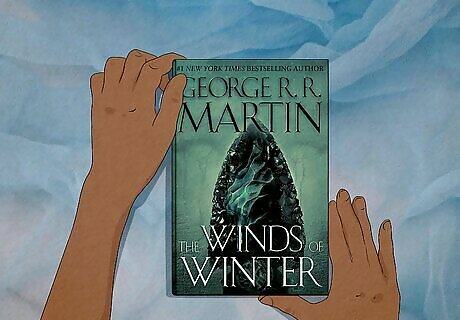
Fiction is imagined, while nonfiction is factual. Creative works that are fully or partially made up by an author or writer are fiction because they’ve been invented or imagined. On the other hand, literature that describes actual events, people, or places is nonfiction because it’s 100% true. Think of it this way: If something is fabricated in a story, it’s likely fiction. To find out if something is fiction or nonfiction, ask yourself, “Did this story really happen in real life?” If you answer yes, it’s likely nonfiction. If you answer no, it’s probably fiction.


















Comments
0 comment